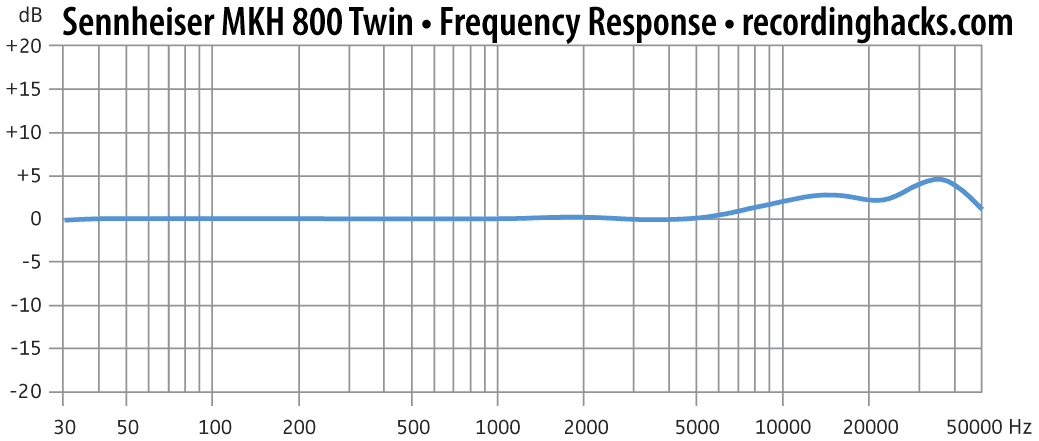
I had nothing else to talk about today so I am going with one of my favourite pet peeves with the online community.
Bad press, good karma.
When you listen to Billy Idol's Cyberpunk, you're not really tapping into a musical genre per se: Rather, you are listening to history.
It was one of few commercial rock albums of its time to rely that much on digital means of production. As such, it was panned by more traditionnal rock media as being 'less than genuine', and you'd be hard-pressed to find a mainstream take on this piece that didn't explicitly imply a well-ingrained fear that digital audio workstations with software synths would one day replace instruments and programmers would replace musicians. Being early adopters of the technology working outside of the usual electronic music sphere, Idol and his entourage were pioneers.
Nowadays, when we lay the money down to go see a cyberpunk, postcyberpunk or cyberpunk-inspired work of fiction on the big screen, we can almost always, without question, expect to hear a soundtrack of either electronic, industrial or techno music. Well, it wasn't always this way. There was a time when you could feel 'cyberpunk enough' while listening to rock, dub, jazz, rap, classical music and just about anything that made you think. It was that blessed era that allowed for a variety of styles and the avoidance of an established cliché. It was during those times that, against all (if any) expectation, an already-sucessful, blonde british pop-rock artist decided he wanted to try something different. And try he did.
1993's Cyberpunk has a little something for everyone, granted you have a diverse taste in music. You'll hear straight rock, pop, psychadelic rock, electronica, techno, televised news stories recordings, quotes from movies, gospel and even the kind of new-age relaxation recordings you put on at night to convince yourself you're a perfectly sane human being (just keep telling yourself that, chombatta). This kind of progressive, all-inclusive music collage is a great sign of wide cultural awareness. Coming from a well-known radio-rock musician, this was quite a feat. (In fact, my only personnal gripe is the near-total absence of hip-hop influence, which was already well into crossing over with rock/metal in the early 90s. But, hey, you can only ask for so much.)
As far as concept albums go, Cyberpunk doesn’t as much tell a straigt beginning-to-end story as show you a different time in a different place. It’s an open window on a near-future urban world not too different to our own, just like the books, just like the movies.
It seems to me that, sometimes, reviewers have trouble understanding that an album is more often than not much more than the sum of its parts. In this case, they miss the mark entirely. Cyberpunk attracted a flurry of media attention, oftentimes curious but, sadly, most of it negative. On both sides of the fence, came voices crying foul. The most prominent, oft-cited reason for this is what both the media and internet community interpreted as an attempt to 'cash-in' on an 'emerging trend'. Far from being exclusive to cyberculture, this response is a typical knee-jerk reaction of any cultural group meeting the next generation of enthusiasts, combined with the fear of losing the privileged position as trendsetters. Less hostile, more welcoming members, of course, offered that he was genuinely interested in the themes and ideas of cyberculture and cyberdelic aesthetics. These more compromising voices, were however, drowned out by the naysayers.
If I may offer a little insight, Billy Idol was really on to something. He may have been criticized by both the cyberpunk and rock audiences for attempting to blindly associate himself with the name 'cyberpunk', but he in fact, knowingly or not, perhaps even naïvely, landed himself in the shoes of a Sprawl character wading through a sea of uncertain, possibly dangerous neon-glowing wonders both appealing and terrifying.
Classic cyberpunk fiction often portrays young, inexperienced individuals dabbling in technologies they hardly understand, but which captivates them and is readily available. This naïve fascination often leads to wild experimentation, unexpected accidents, radical changes of personnal lifestyles and the spontaneous birth of new sub cultures. These characters may not know much, initially, but they have the means, and they try their damnedest. This promethean gift to the 'modern primitives' of the cyberpunk world is what fuels most of its science-fiction and ensures the continuous melodrama of man and machine. Analogous to this young cybergeneration, Idol stumbled upon something he liked and could become greatly excited about, despite being tech-illiterate*. Thus, he immediately found himself in a role not unlike that of our young tech-amateurs described above. As a result he is branded as both a newbie and a sellout. Tragic indeed. But you don't get more 'cyberpunk' than being in that specifically uncomfortable position.
* Just a footnote, but does anyone remember the oft-cited anecdote how William Gibson wrote Neuromancer on a Hermes 2000 typewriter? Yeah, I thought I'd mention it.
Musicians let different input sources inspire them. They are not documentary writers, nor are they news reporters or ivory-tower academics. They interpret concepts through their senses, first and foremost. What-you-hear-is-what-you-get.
The same reviewers often place too much emphasis on the business aspect of an artist's body of work. How well did it do? How did fans react? Did it attract a new fanbase? Did it pay for the next album? Did it open new opportunities for the artist? The fact of the matter remains that the album was a whim, an experiment, an envy, a 10-month labour of love, not a career move. No one twisted Mr. Idol's arm and said "well Billy, here's how you tap into this market". He asked around, got some gear setup, sat down with his bandmates and got informed on how to use it creatively.
The cyberpunk genre is characterized by cultural cross-pollinisation, with new subcultures birthed at the drop of a hat, and old, obsolete ideas rapidly replaced. With this mindset, everything is possible and more traditional conventions break down. How can anyone complain about a breach of rules that do not even exist?
Thus, Idol did not embrace a musical style: he embraced an approach.
Is it a good listen? That depends on your tastes. Is it inspired? Definitely. Does it sound like anything else that came out at that time? Nope. Was it genius? Perhaps even not, but it has its controversial place in the hazy spectrum of the 90s ProTools boom, and in cyberpunk history.
Shock the system, baby.




 Betwen 2000-2002 ‘
Betwen 2000-2002 ‘


